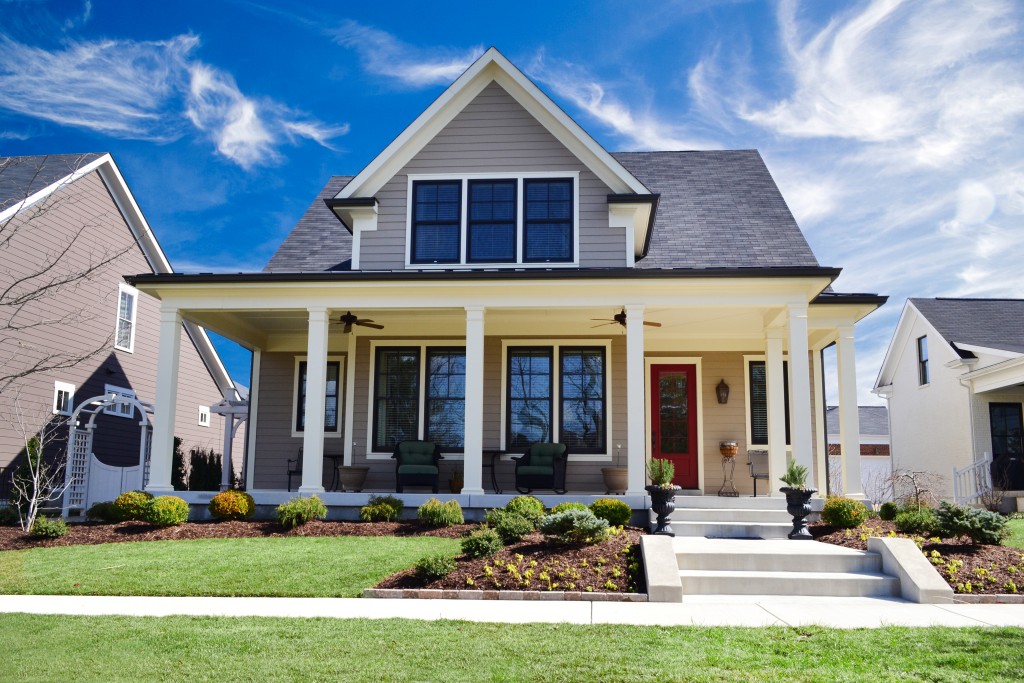Each year, water wreaks havoc in countless homes across the U.S. The damages caused by water amounted to some $13 billion worth of insurance payouts back in 2017, with an average of 14,000 Americans faced with water damage situations on any given day. Additional data show that on average, water damage insurance claims amount to $10,000, while there is a 98 percent probability of basements seeing some form of water damage in their lifetime.
It should be noted that not all claims of water damage at home are automatically covered. Among the usual water damage types that insurance companies cover include flooding, storm-related damages, accidental discharge, and sewer backup. However, the decision on whether to approve claims made on these grounds still lies on the insurance company and the nature of the damage (whether it’s accidental/sudden or gradual). Typically, water damage claims that are proven as gradual get denied, based on the premise that the policyholder should have acted on the matter at the onset.
As a homeowner, you wouldn’t want things to go out of hand when it comes to water damage. If you have the power to prevent potential water damage to your property, you would likely act on it immediately, lest you want to be burdened by the inconvenience of costly repairs and the hassle of filing for insurance claims.
Here are some of the easy ways on how you can prevent home water damages from occurring:
1. Ensure proper grading.
Grading is simply the technique of creating variations in inclines or elevations to achieve the desired effect. In the case of water damage prevention, grading is an easy, yet very effective way of preventing water from pooling and damaging building foundations and walls. This can be a DIY project that you can finish using only a shovel, rake, and soil. If you don’t have the materials and time to do this by yourself, you can simply tap a professional landscaping company to do it for you.
2. Maintain your gutters.
Your roof’s gutters are critical in ensuring proper drainage, especially during storm season. You should, thus, make sure that the gutters are in perfect condition throughout the year. Some companies specialize in gutter maintenance and repairs, such as Bruce Andrews Seamless Gutters, and then there are other local roofing specialists who can install new gutters that are long-lasting and efficient in draining water from the roof and into the downpipes and downspouts.
3. Quickly fix leaks.
If you noticed leaks from anywhere in your home, you should quickly fix them in any way possible. It can be done DIY style or by calling a professional local plumber. This is particularly important if you have expensive furniture pieces or appliances that could get water damaged. You should periodically check your ceiling, walls, plumbing, and building foundation since these are the areas where water damage commonly happens.
4. Do exterior maintenance and preventive measures.

Your home’s exteriors are where water could seep in and cause irreparable and costly damages. Knowing this, you must protect all possible entry points from outside: windows, roof, doors, and the like. By protecting these water points of entry, you can enjoy a formidable first line of defense for your home. This will help keep away potentially financially-draining water damages to your home and spare you from being front and center of a stressful situation.
5. Invest in water detectors.
Among the best investments that you can make when it comes to water damage prevention is installing water detection devices in strategic locations inside your home. These ideal points of installation include the areas close to your washing machine, water heater, toilets, and dishwasher. A water detection device will sound an alarm once water or moisture reaches the sensor in the device. This handy water prevention device will detect even the smallest leaks, so you’ll have plenty of time to address them before they lead to a full-blown water damage crisis inside your property.
6. Make sure your sump pump works perfectly.
A sump pump is a priceless water damage prevention instrument that is critical in keeping water away from your home, especially during violent storms and flooding. The last thing you’d want happening is for this critical instrument to turn out inoperable when you needed it the most. As such, you should test it at least once each year or when there is an impending storm or flooding. This would take at most an hour and would be a great way to determine if the sump pump is working perfectly or if needs to be serviced.
Just heed these simple preventive measures and you can easily keep home water damage at bay.

